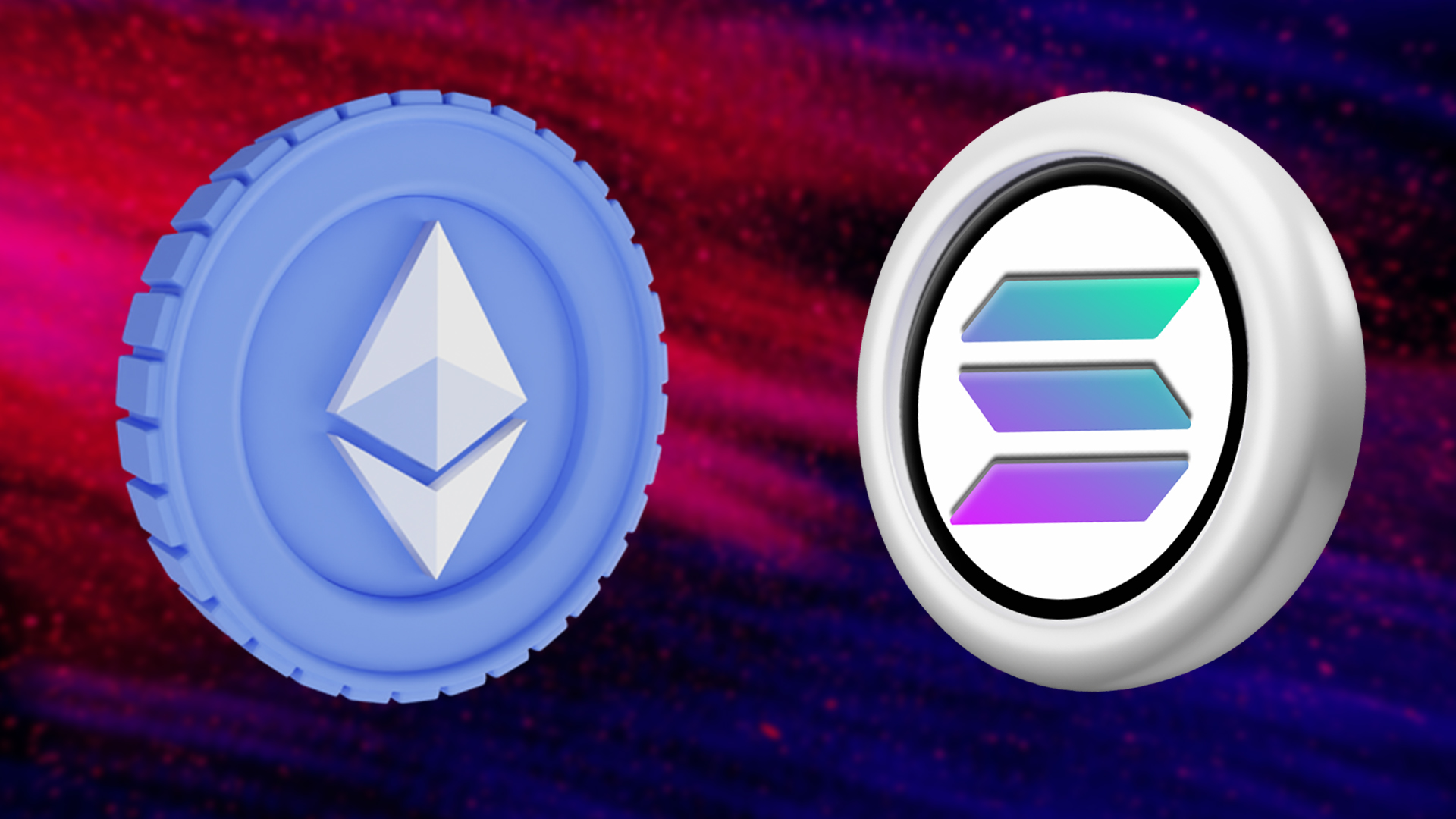- Ethereum uses a Proof-of-Work Consensus mechanism.
- Solana can process 65,000 transactions per second, compared to Ethereum’s 30.
It is difficult for us to advise you to choose only one of the two among Ethereum and Solana. But they do vary from one another. This article will provide you with a thorough comparison of them based on the considerations that need to be made when choosing which one to invest in.
Among the most popular cryptocurrencies on the market are Ethereum and Solana. Through Affiliate programs and their increasing value over the last few years, cryptocurrencies have become much more well-known. Due to the strong danger of new competitors entering the market, Ethereum and Solana are seen as each other’s main rivals. They are also vulnerable to various degrees of volatility.
Consensus Mechanism
- Ethereum:
The Proof-of-Work (PoW) method, which is also the one used by the blockchain of Bitcoin, is the foundation of Ethereum 1.0. Thus, tens of thousands, if not millions, of miners protect the network by “staking” their hardware or processing power in the consensus process.
The network’s performance suffers as a result of its inability to handle a large number of transactions per second, even though this guarantees the network’s decentralization and raises the entrance barrier for participation.
- Solana:
Consensus is the basic way that Solana and Ethereum differ from one another. It is known as proof-of-history (PoH), and it entails a sequence of computations that cryptographically establish the gap in time between two events. All transactions are further given timestamps, and the order of each is tracked.
With their transactions not being put in a timely sequence, Bitcoin and Ethereum’s order sequencing is fundamentally different from this form of order sequencing.
Transaction Speed and Cost
The quickness with which Solana offers its clients its services is widely known to all cryptocurrency investors. Compared to Ethereum’s limit of 30 transactions per second, Solana can handle 65,000 transactions per second. Ethereum’s block time is 15 seconds, but Solana’s is just one second.
This is crucial since many of us detest paying transaction fees. Solana is renowned for its reasonable transaction fees as well. Compared to Solana, Ethereum charges a lot more for each transaction.
The DeFi Ecosystem
- Ethereum:
Sushi is the first DeFi DApp that comes to mind when discussing the Ethereum DeFi ecosystem. One of the largest peer-to-peer cryptocurrency exchanges without an order book, it strives to make it simple for users to purchase and sell their favorite tokens. Since its beginning in September 2020, it has performed very well.
Not only sushi is an option. The compound was indeed one of the primary forces behind the DeFi summer of 2020. It is an Ethereum-based loan platform that saw a sharp growth in borrowing activity.
On the Ethereum ecosystem, there are just these two DApps. The trading volume on numerous NFT initiatives in the ecosystem gradually increased in 2021 as well.
- Solana:
The Solana DeFi ecosystem is still in its infancy, with a number of DApps now being introduced to the network. This is the outcome of the network’s heavy usage of hackathons and other marketing techniques to draw in a large user base. Over $12 Billion in total value locked (TVL) has been accumulated by the blockchain itself across all of its DApps.
One of the most used DApps on Solana is Raydium, an on-chain order book AMM that allows users to conduct trades. Since it was founded in April 2021, it has accumulated around $1.8 Billion.
